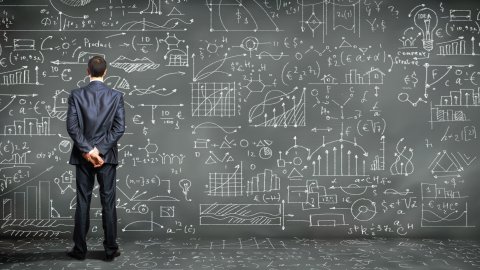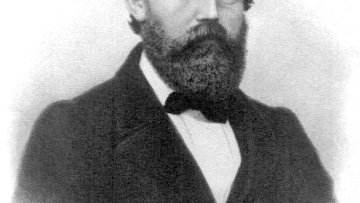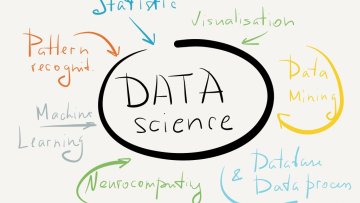The Mathematical Institute has struck gold in this years Green Impact Awards, adding to the silver and bronze awards received in the preceeding two years. The Mathematical, Physical and Life Sciences (MPLS) division as a whole continues to go from strength to strength and this year four departments received the highest level gold award. The scheme is now in its third year in the university and has grown to involve over 200 people representing over 40 departments/teams.
Surrogate markers of long-term outcome in primary total hip arthroplasty: A systematic review.
Malak, T
Broomfield, J
Palmer, A
Hopewell, S
Carr, A
Brown, C
Prieto-Alhambra, D
Glyn-Jones, S
Bone & joint research
issue 6
(01 Jun 2016)
Tue, 18 Oct 2016
14:00
14:00
L5
ODE IVPs and BVPs
Nick Trefethen
(Mathematical Institute)
Abstract
I will discuss some of the relationships between ODE IVPs, usually solved by marching, and ODE BVPs, usually solved by global discretizations.
Thu, 16 Jun 2016
11:00 -
15:45
C3
'Around quantum j-mappings (model theory and sheaves)'.
Andres Villaveces
(Bogota)
Abstract
Abstract: finding a "non-commutative limit" of the j-invariant (to real numbers, in a way that captures reasonably well the connection with extensions of number fields) has prompted several approaches (Manin-Marcolli, Castaño-Gendron). I will describe one of these approaches in a brief way, and I will make some connections to the model theory of sheaves.
Wed, 15 Jun 2016
11:30 -
12:30
N3.12
2x2 Matrices
Giles Gardam
(Oxford)
Abstract
We will explore the many guises under which groups of 2x2 matrices appear, such as isometries of the hyperbolic plane, mapping class groups and the modular group. Along the way we will learn some interesting and perhaps surprising facts.





